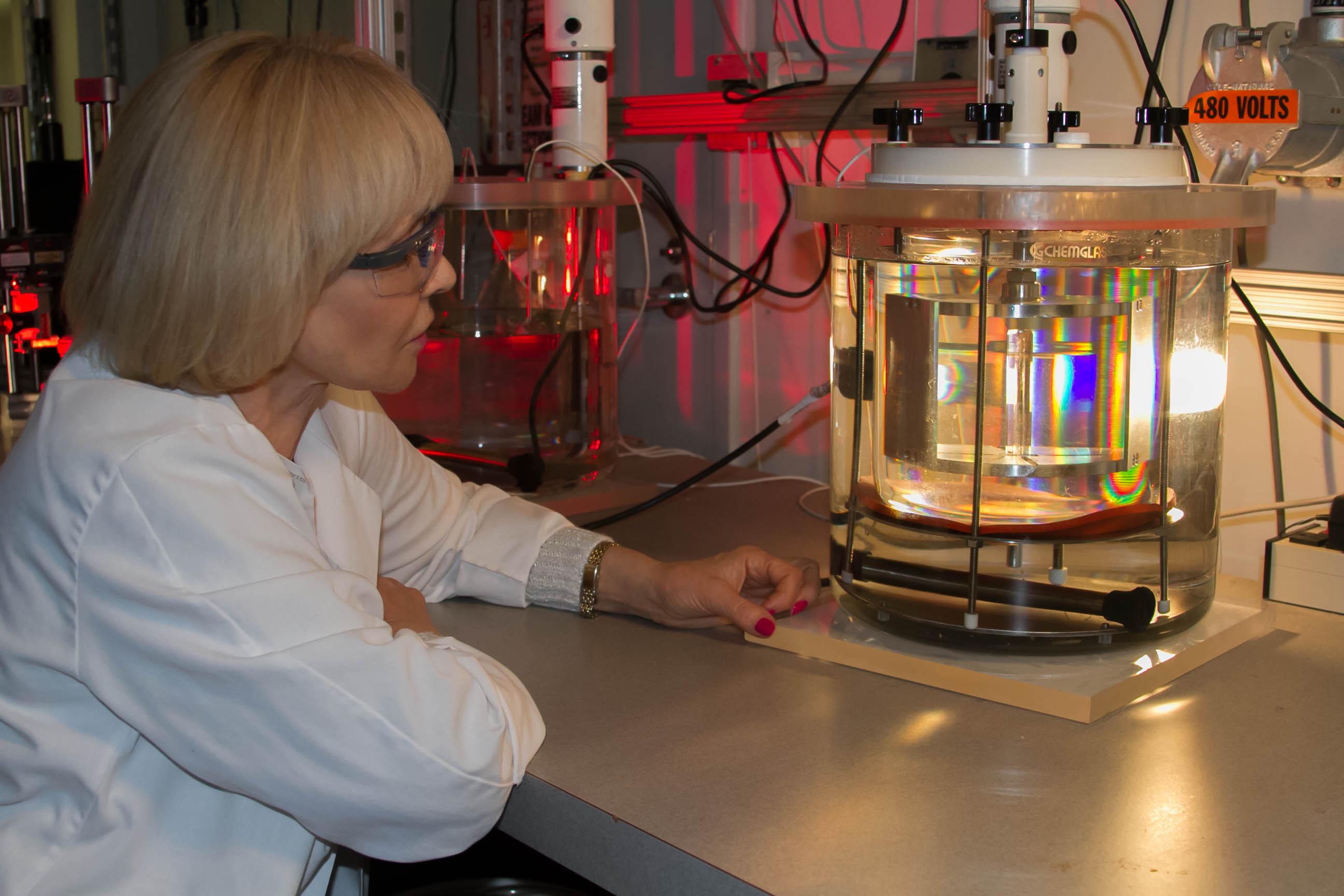Gamma rays emitted from radioactive sources can be collected and analyzed using gamma spectroscopy. Scintillator crystals are used in gamma spectroscopy to convert the gamma rays to light for analysis. These crystals are used in many different industries, such as homeland security and health care, and for various applications such as radiation detectors. These applications have continued to require scintillators with greater energy resolution, higher light yield, fast scintillation decay time, and higher effective atomic number. Ease of crystallization and robustness of the crystals during use are also important properties. Sodium iodide (NaI) scintillators have been used most widely in all applications due to its ease of growth. Bismuth germanate (BGO) is used in medical imaging applications (PET scanners) because of its high Z number and density, although both have poor energy resolution and light yield. Most recently Lanthanum bromide (LaBr3) has gained broad application use because it exhibits high energy resolution, although the crystals are difficult to grow due to a propensity for cracking, and possess intrinsic radioactivity.
LLNL researchers have grown and characterized scintillator crystals of Strontium Iodide (SrI2). Scintillator energy resolution and light yield proportionality surpass NaI and are similar to LaBr3. The SrI2 scintillators doped with europium (Eu) exhibit very high light yields (> 100,000 photons/MeV), extremely good energy resolution (<3% at 662 keV) and excellent light yield proportionality.
Strontium iodide scintillator properties are desirable for isotopic identification with application to security and medical uses.
U.S. Patent 8,580,149


